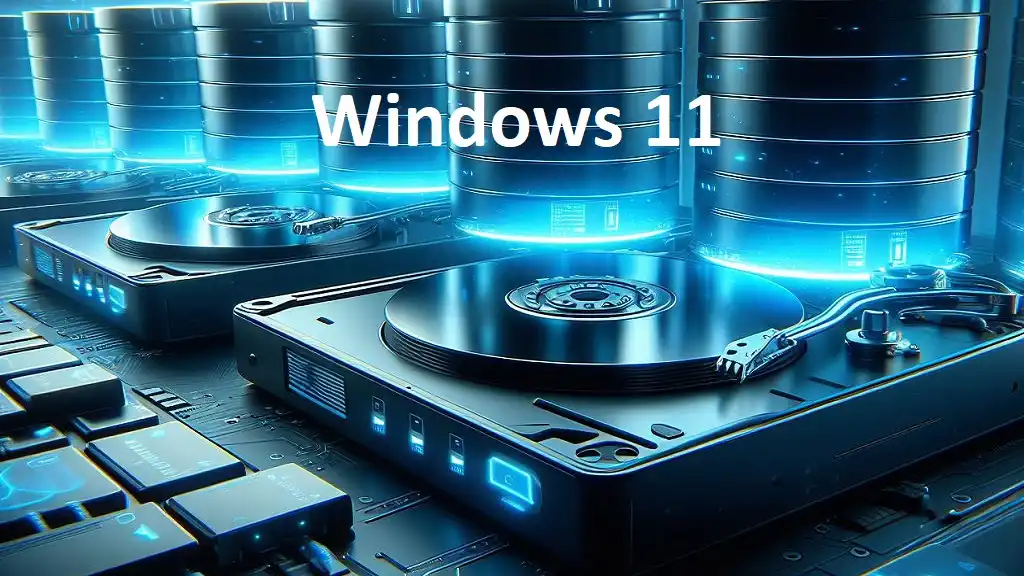
What is a virtual hard drive?
Virtual hard drives are files that emulate a real physical hard drive. Together with a virtualization program, they are very useful for testing operating systems or running old programs that require a previous operating system. But if not, they represent an alternative way to work with files or to organize them more efficiently, certainly in the same way as using a regular folder or an external hard drive, but in an easily accessible location and with greater hierarchy.
Windows 11 makes it easy to create and use virtual hard drives. Below we explain how to obtain them.
How to create a virtual hard drive in Windows 11
Right click on the Start menu and select Disk Management. Once there, click on the Action tab and select Create VHD. This will open the window titled Create and expose virtual hard disk, which will help you configure the main parameters of the unit.
Click Browse, specify the location, and give the virtual disk a name. Then, choose its size, from a few megabytes to several terabytes, depending on your needs. Remember that the virtual disk file will take up space on your real hard drive, so choose an appropriate size.
The next step is to select the virtual disk file format. You have two options: VHD (Virtual Hard Disk) or VHDX (Virtual Hard Disk Next Generation). Both work fine, but VHDX offers support for file sizes larger than 2TB.
Then, choose between the following options: a fixed-size disk or a dynamically expanding disk. In fixed size, the virtual disk file will take up all the space you have allocated for it from the beginning. In dynamic, the file will grow in size as you add data to the virtual disk.
Then click OK. Wait a few moments for the drive to be created and displayed in the Disk Management window. The new disk will appear accompanied by its size and labeled Unknown and Uninitialized.
Now, click on the Action tab and select Expose Disk. Use File Explorer and the name you assigned to the virtual drive to complete this step.
Once the new disk appears in the list of available disks, right-click on it and select Initialize Disk.
In the next window, select MBR as the partition style and click OK.
The virtual disk will now appear as Online. Right-click the unallocated space and select New Simple Volume. At this moment the New Simple Volume Wizard will open and will guide you to the end of the process.
On the last screen you can review all the settings you chose for the virtual hard drive. If you’re happy, click Finish and Windows will begin creating the file that will make up your new virtual disk. This process may take some time depending on the size you have specified.
Once the process is complete, you will see that your virtual disk appears in Disk Manager along with your other storage units, already formatted and identified with the letter that you assigned to it in the previous step.
That’s all. From this moment you can start using your newly created virtual hard drive. And if in the future you plan to get rid of it because you no longer need it, you can easily delete it from the Windows 11 Disk Management tool.